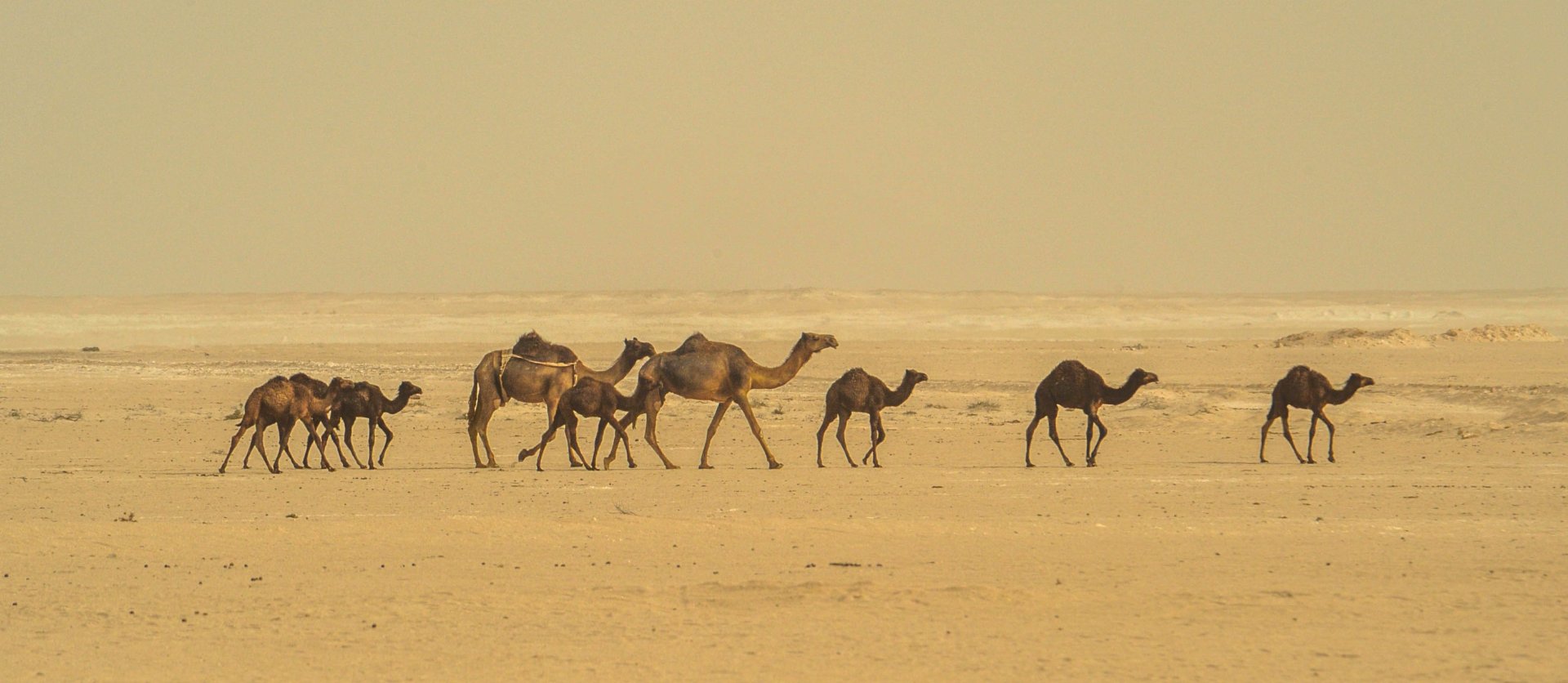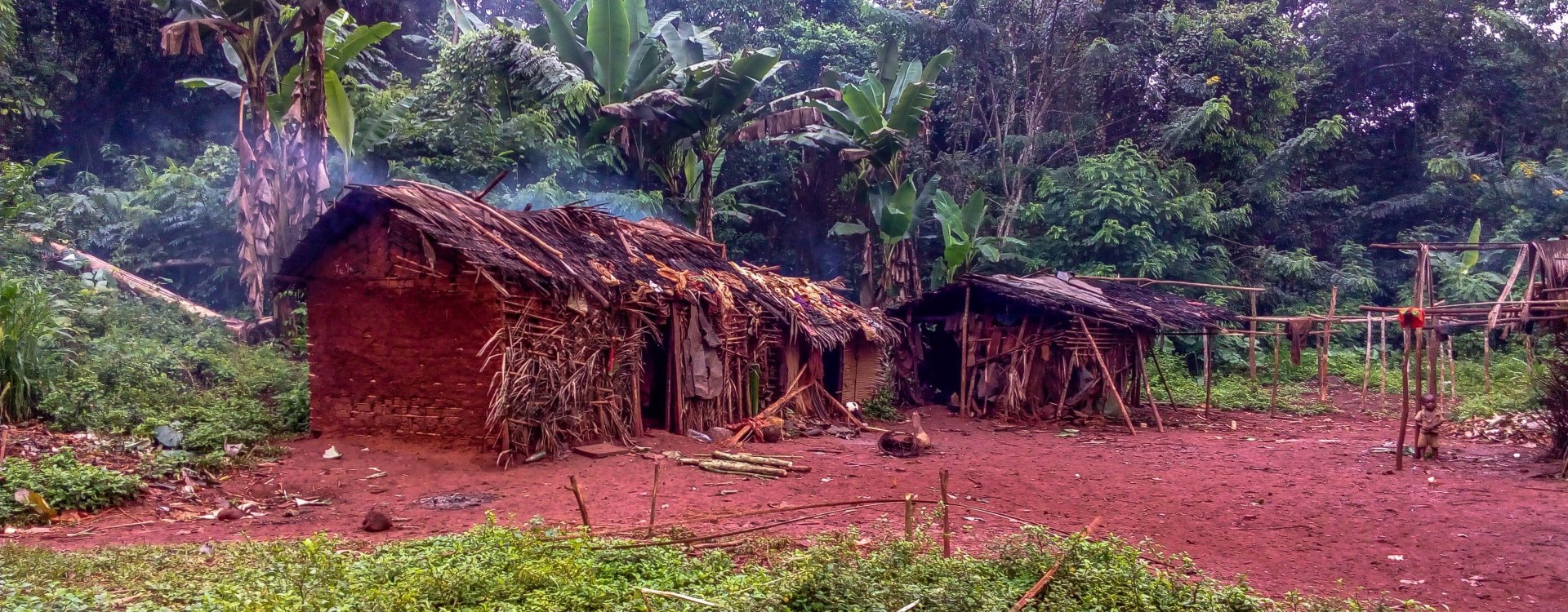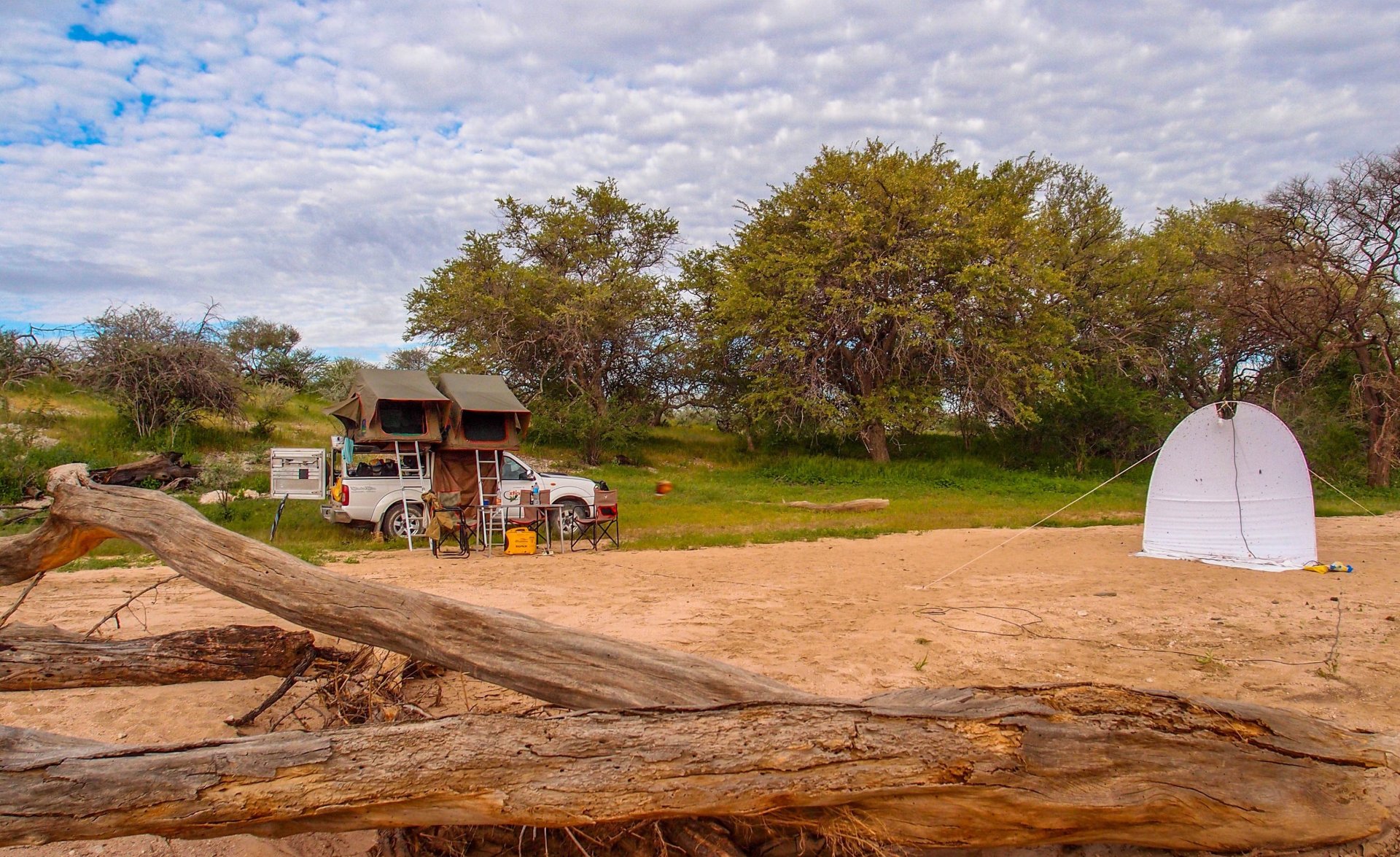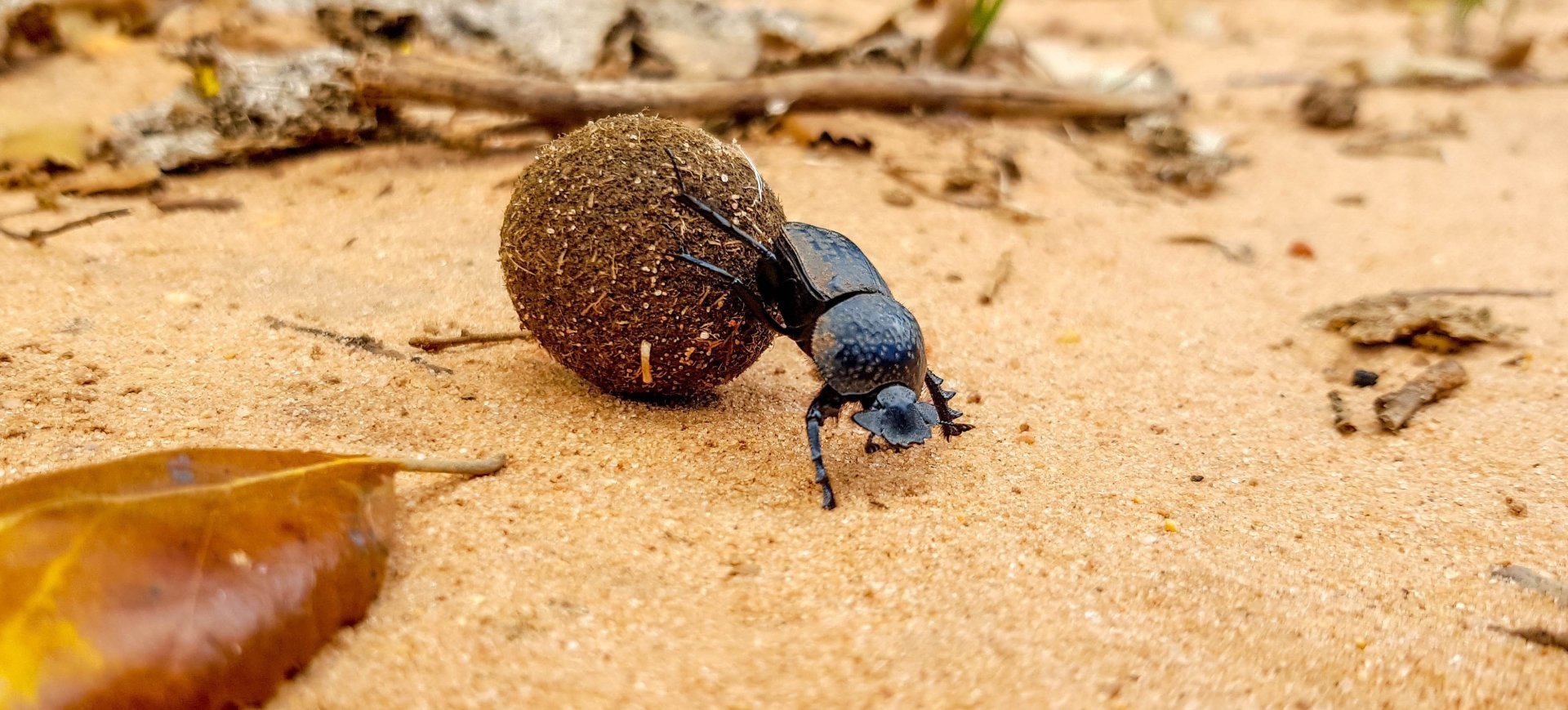







![]() Information: Meloe tuccia was described by Rossi in 1792. The nominate form of this polytypic species is widely distributed in the Macaronesian archipelagos, from the Iberian Peninsula through southern Europe, Near East, Caucasus and Central Asia, East to Afghanistan, Tajikistan and Western China, from Morocco through northern Africa, east to Egypt, Levant and Iran. The subspecies corrosus Brandt & Erichson 1832 is endemic to southern Italy and Sicily.
Information: Meloe tuccia was described by Rossi in 1792. The nominate form of this polytypic species is widely distributed in the Macaronesian archipelagos, from the Iberian Peninsula through southern Europe, Near East, Caucasus and Central Asia, East to Afghanistan, Tajikistan and Western China, from Morocco through northern Africa, east to Egypt, Levant and Iran. The subspecies corrosus Brandt & Erichson 1832 is endemic to southern Italy and Sicily.
Body length: 14 - 25 mm
Peak activity: (November) January - June
![]() Remarks:Thermophilic species of lowland and hilly environments. In Europe, it can be found up to about 1000 meters above sea level, although in the Near East and Central Asia it reaches higher altitudes. The adults, which are diurnal, are polyphagous phytophages and feed mainly on plants from the families Asteraceae, Apiaceae, and Ranunculaceae. In Europe, its activity period spans from March to May, when it is regarded as a relatively rare species
Remarks:Thermophilic species of lowland and hilly environments. In Europe, it can be found up to about 1000 meters above sea level, although in the Near East and Central Asia it reaches higher altitudes. The adults, which are diurnal, are polyphagous phytophages and feed mainly on plants from the families Asteraceae, Apiaceae, and Ranunculaceae. In Europe, its activity period spans from March to May, when it is regarded as a relatively rare species
![]() Distribution: Afghanistan, Albania, Algeria, Armenia, Austria, Azerbaijan, Bosnia and Herzegovina, Bulgaria, China (Xinjiang), Croatia, Cyprus, Egypt, France, Georgia, Greece, Hungary, Iran, Israel, Italy, Jordan, Kazakhstan, Kosovo, Kyrgyzstan, Libya, Malta, Moldova, Montenegro, Morocco, North Macedonia, Portugal, Romania, Russia, Serbia, Spain, Syria, Tajikistan, Tunisia, Türkiye, Turkmenistan, Ukraine, Uzbekistan
Distribution: Afghanistan, Albania, Algeria, Armenia, Austria, Azerbaijan, Bosnia and Herzegovina, Bulgaria, China (Xinjiang), Croatia, Cyprus, Egypt, France, Georgia, Greece, Hungary, Iran, Israel, Italy, Jordan, Kazakhstan, Kosovo, Kyrgyzstan, Libya, Malta, Moldova, Montenegro, Morocco, North Macedonia, Portugal, Romania, Russia, Serbia, Spain, Syria, Tajikistan, Tunisia, Türkiye, Turkmenistan, Ukraine, Uzbekistan
Zoogeographic region: Palearctic
![]() Taxonomic classification:
Taxonomic classification:
![]() Material examined (& observation):
Material examined (& observation):
Morocco
(GPS) ![]()
Altitude 000 m a.s.l. |
![]() Our observation period:
Our observation period: ![]() Sampling Methods: in grassy vegetation
Sampling Methods: in grassy vegetation ![]()
![]()
 Morocco
Morocco A contribution to the knowledge of the Meloidae fauna of Turkey along with new records, Özbek 1998.pdf
A contribution to the knowledge of the Meloidae fauna of Turkey along with new records, Özbek 1998.pdf Description of the first instar larvae of three sp of Meloe with a key to the triungulins,Sharf 2004.pdf
Description of the first instar larvae of three sp of Meloe with a key to the triungulins,Sharf 2004.pdf The Meloidae of Libya: an annotated catalogue and description of three new species, Bologna 2009.pdf
The Meloidae of Libya: an annotated catalogue and description of three new species, Bologna 2009.pdf